What does the 3D modeling and animation service include?
3D modeling
3D modeling is the process of creating three-dimensional objects or scenes that can be used in various applications: games, movies, animation, architecture, and other fields. It includes several stages:
Object modeling: Create objects such as characters, cars, buildings, interiors, landscapes, and others. These objects can be either very simple or very complex.
Create textures and materials: Apply textures and materials to create a more realistic appearance of objects such as trees, stones, leather, metal, etc.
Lighting: Adjust the light sources in the scene to create an atmosphere and realistic illumination of objects.
Retopology: Optimization of 3D models for use in animation and rendering, simplification of complex objects to speed up work.
3D animation
Animation in 3D is the process of creating motion for objects and characters in three—dimensional space. It can include both simple movements (such as camera movement) and complex animations, such as movements of people, animals, cars, and more.
Key animation: The process in which an artist creates key positions or key frames (for example, the beginning and end of a movement). The animation program then automatically calculates the intermediate frames.
Rigging: Creating a “skeleton” for 3D models (for example, characters or animals), which allows you to animate them using joint movements.
Morphing: Changing the shape of 3D objects to create more complex animations, such as changing a character’s facial expression.
Physical Animation: Simulating physical phenomena such as the movement of water, hair, clothing, or destruction.
Rendering
Rendering is the process of creating final images or animations from 3D models, taking into account all lighting settings, textures, materials, and effects. This is one of the most time-consuming and lengthy stages of work.
Photorealistic rendering: The use of various techniques such as ray tracing to create the most realistic images with natural lighting, shadows and textures.
Real-time rendering: Using rendering technologies to create animations or scenes in real time, such as in video games.
Special Effects (VFX)
Create visual effects to enhance image quality or animation. This can be the use of particles to create the effect of fire, smoke, water, explosions and other effects, as well as work with moving cameras and light.
Editing and post-production
Post-production includes final editing and animation enhancement, adding additional effects, as well as working with sound and graphics to create the final product.
Be the first to review “3D modeling and animation” Cancel reply
Related products
Services
Services
Services
Services
Services
Services
Services



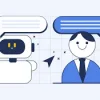
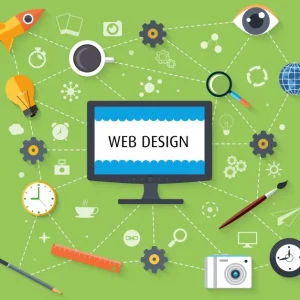



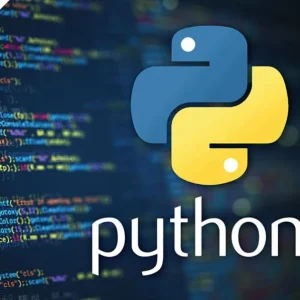
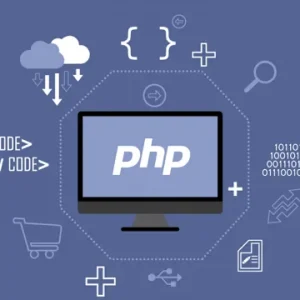

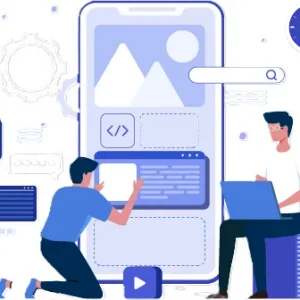
Reviews
There are no reviews yet.